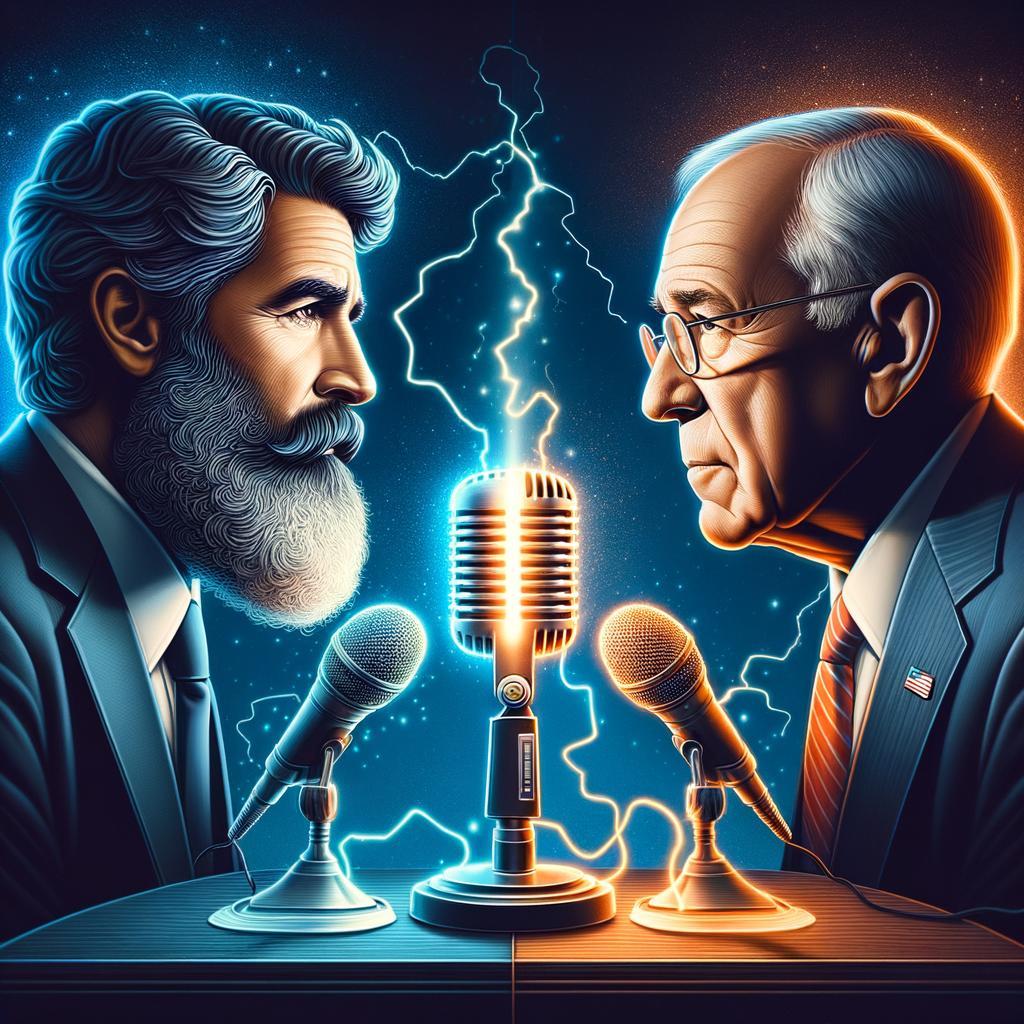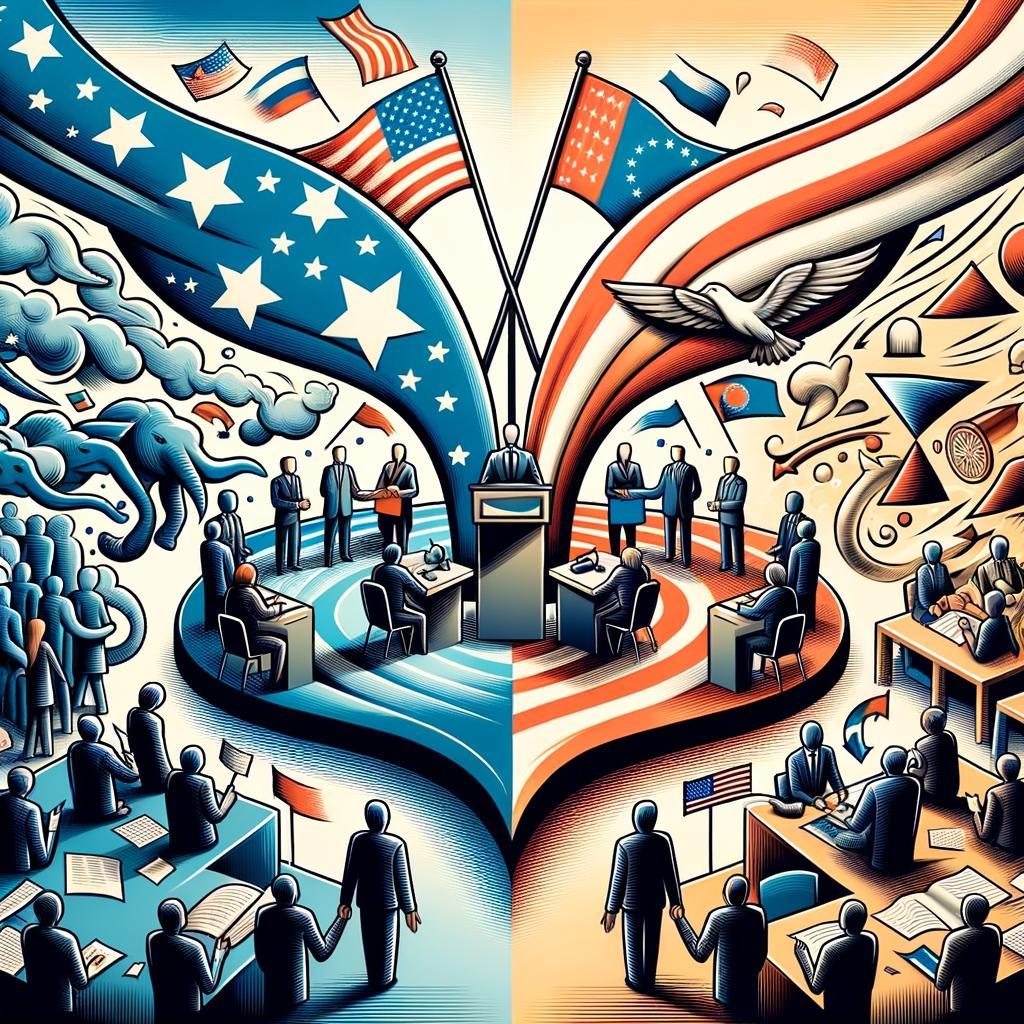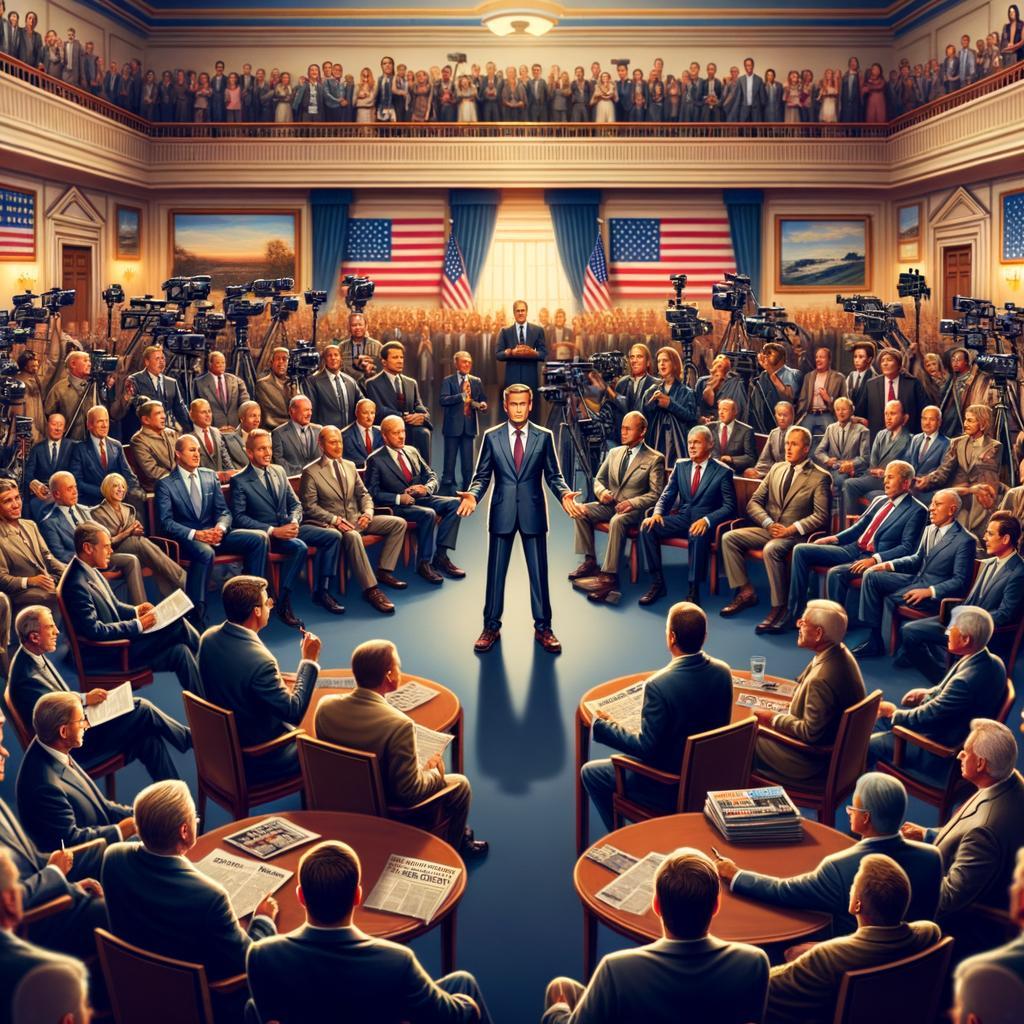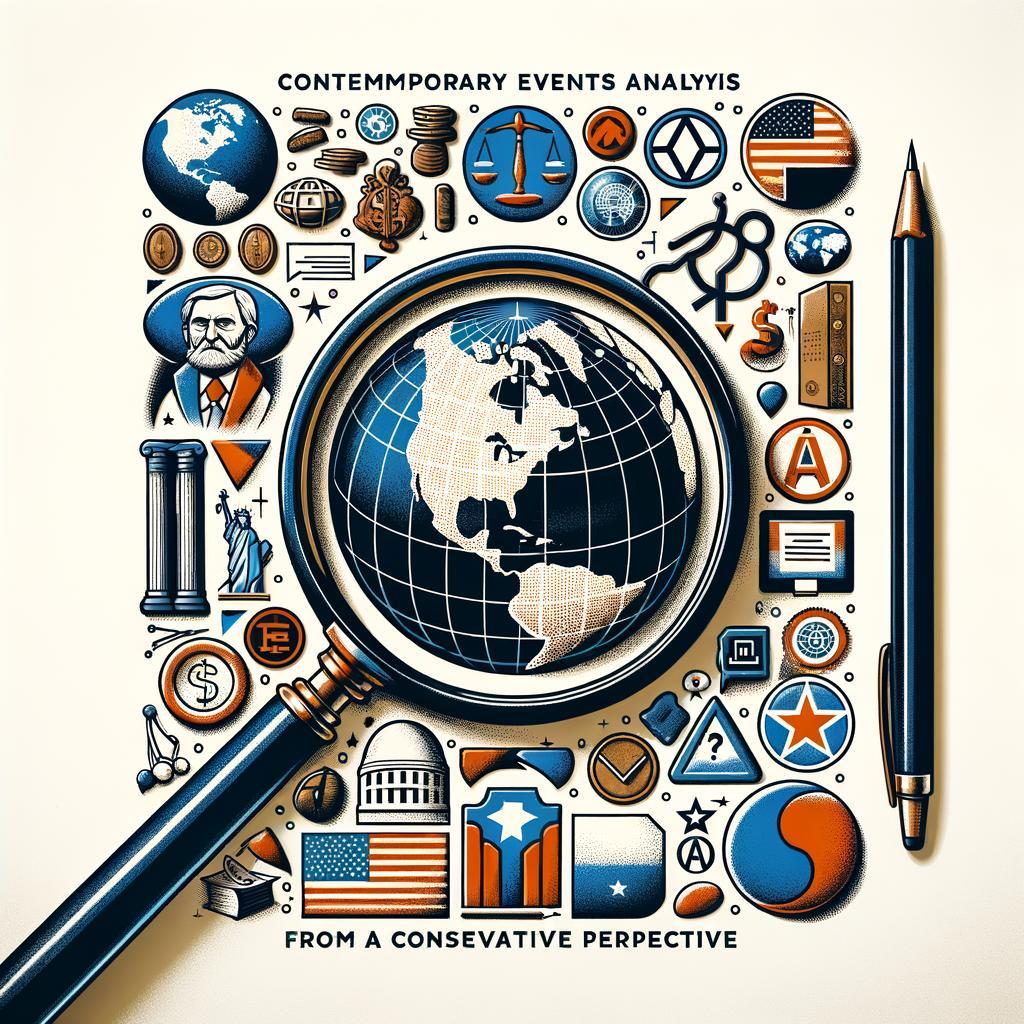Introduction: Analysis of Today’s Trending American News: A Conservative Lens
In a rapidly evolving media landscape where narratives shift at lightning speed, understanding the pulse of American news requires a critical eye—and a discerning approach. As headlines flash across our screens and social media feeds, it is essential to analyze these stories through a lens that is often overlooked in mainstream discourse: a conservative perspective. This article aims to delve into today’s most pertinent news trends, offering insights shaped by traditional values, fiscal prudence, and an emphasis on personal responsibility. By examining the current events that dominate the national conversation—from economic policies and social movements to foreign affairs and issues of civic freedom—we will not only highlight the implications of these stories but also elevate the conservative viewpoint in a space where it is frequently marginalized. Join us as we navigate the complexities of contemporary news, arguing that a nuanced conservative approach is not just relevant but essential for a balanced understanding of our nation’s evolving narrative.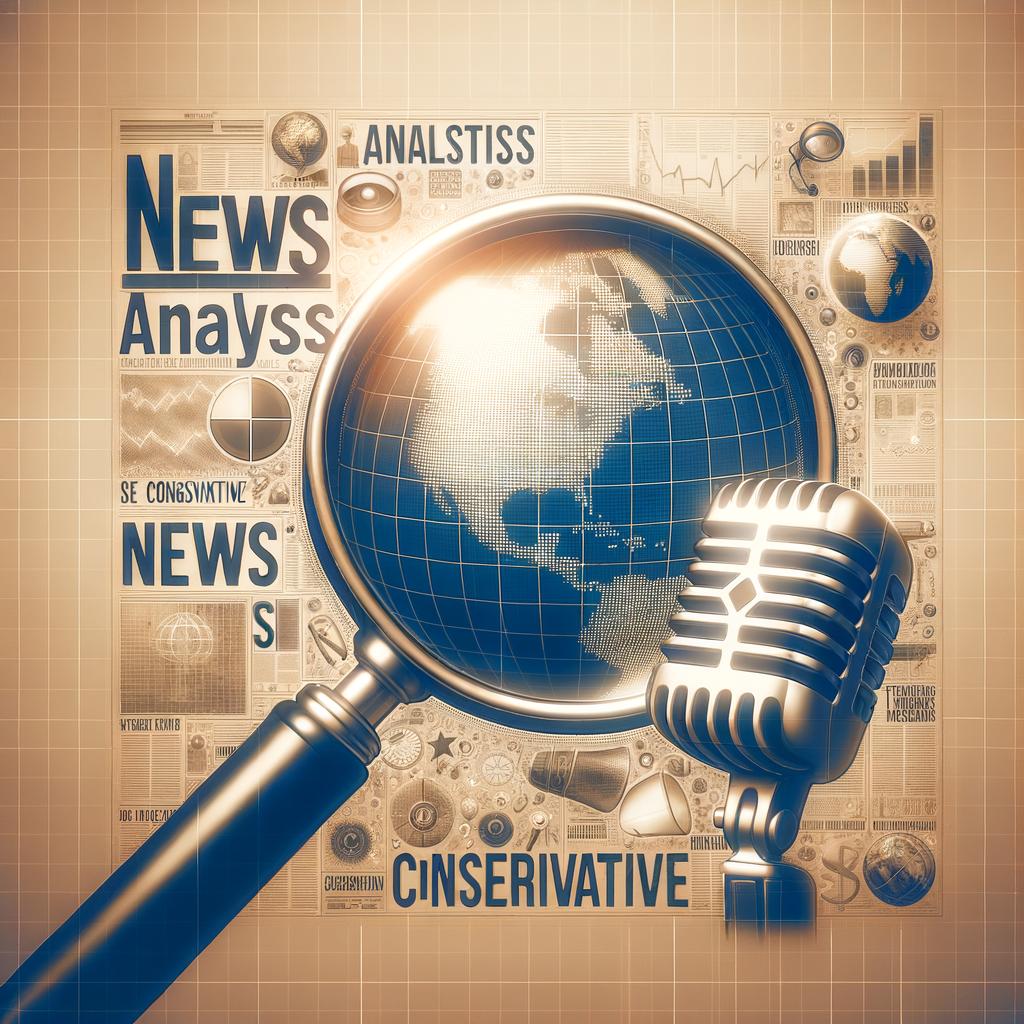
As we witness a rapidly shifting cultural landscape in America, it becomes increasingly evident that many current events serve as a mirror reflecting enduring conservative values. Issues such as parental rights in education, law and order, and the sanctity of life are frequently at the forefront of discussions, indicating a significant rallying around traditional principles. The recent outcry over contentious school curricula highlights a growing parental vigilance that echoes the conservative stand for family and community involvement in education. Additionally, rising crime rates and the subsequent calls for stricter law enforcement underscore a deep-rooted desire for safety and accountability that resonates with many across the nation.
In this context, strategic engagement becomes essential for effective conservative advocacy. By actively leveraging news stories that emphasize these values, advocates can galvanize support and build coalitions. Consider the following strategies for impactful engagement:
- Highlight Local Success Stories: Share instances where conservative policies have effectively addressed community issues.
- Utilize Social Media Platforms: Amplify messages through influencers and grassroots coalitions for wider reach.
- Host Community Events: Foster dialogues around current issues, reinforcing the conservative perspective.
- Engage with Traditional Media: Provide op-eds and interviews that lay out the conservative viewpoint on emerging events.
By employing these tactics, conservatives can ensure their voices resonate in the current narrative, transforming challenges into opportunities for growth and influence.
Concluding Remarks
the landscape of American news today is complex and multifaceted, often shaped by biases and perspectives that can obscure the truth. Through a conservative lens, we can better understand the nuances behind trending stories and the implications they hold for our society. By critically analyzing these narratives, we empower ourselves to engage with the news in a more informed and thoughtful manner.
As we navigate the ever-evolving discourse surrounding key issues, it is crucial to remain vigilant and discerning consumers of information. Embracing a conservative perspective enables us to challenge prevailing narratives, question assumptions, and uphold the values that define our nation.
We encourage readers to continue exploring news stories with a critical eye, seeking out diverse viewpoints while remaining grounded in foundational principles. Together, we can foster a society that values truth, integrity, and robust debate, ensuring that all voices are heard and respected in the conversation about our shared future. Thank you for joining us in this analysis, and we look forward to continuing this important dialogue in the days to come.





